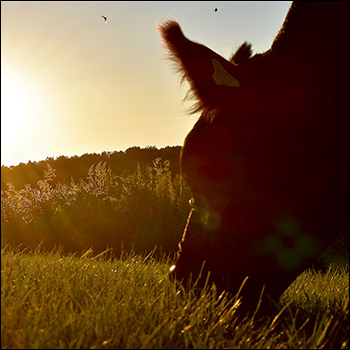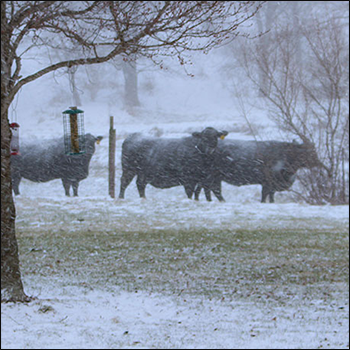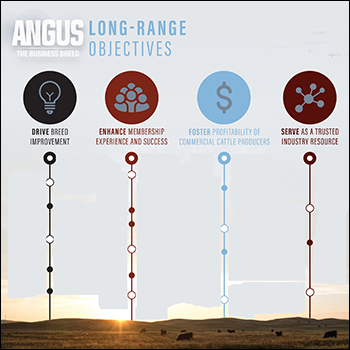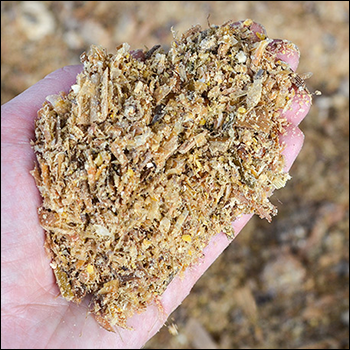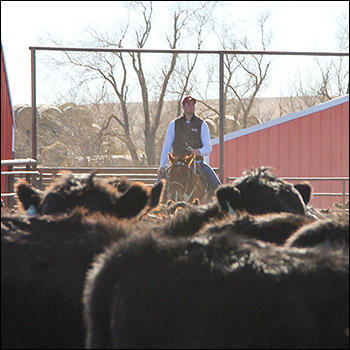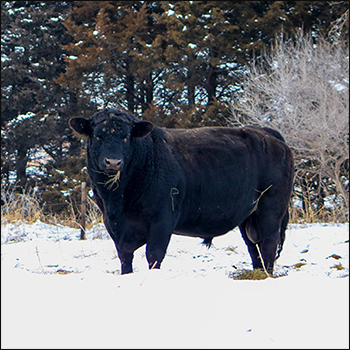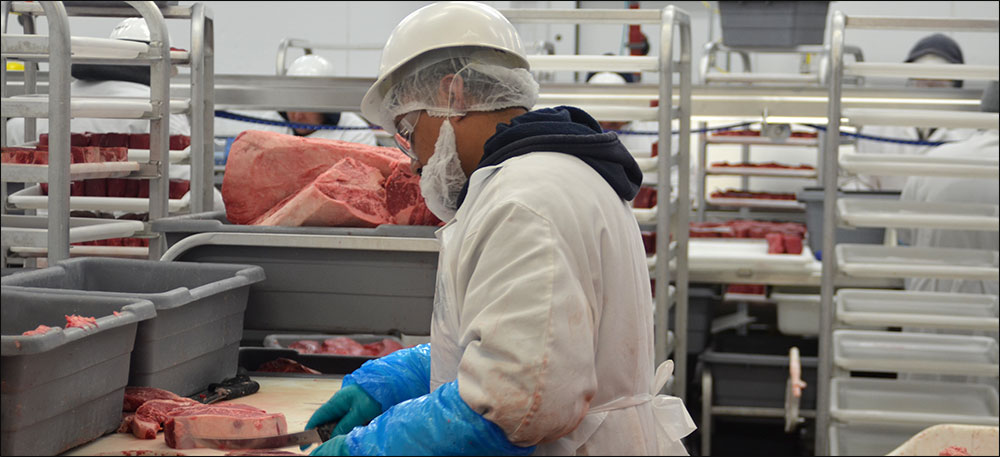
Vaccine Requested for Meat & Poultry Workers
All governors called upon to prioritize vaccination of frontline meat & poultry workers.
The nation’s largest union for meatpacking workers and the association representing meat producers joined forces to urge all 50 U.S. governors to urgently prioritize COVID-19 vaccination for frontline meat and poultry workers across the United States, in accordance with official Centers for Disease Control (CDC) guidance.
The United Food and Commercial Workers International Union (UFCW) and the North American Meat Institute (Meat Institute) emphasized that quickly vaccinating the sector’s diverse workforce of some 500,000 employees across the country will maximize health benefits, especially in rural communities that often have limited health services, while keeping Americans’ refrigerators full and our farm economy working. The Meat Institute earlier joined the National Cattlemen’s Beef Association (NCBA) and the National Pork Producers Council (NPPC) in requesting the nation’s governors include meat workers in priority vaccine plans.
COVID-19 vaccinations can, in many cases, be administered through meat and poultry facilities’ existing health programs and staff. UFCW and the Meat Institute committed to assist employees with information and access to off-site vaccination, if needed, and to support vaccine information and education efforts. Meat Institute members are also offering cold-storage capacity that could aid vaccine distribution for all Americans.
Prioritizing vaccines for frontline meat and poultry workers will build on more than $1.5 billion in comprehensive COVID-19 prevention measures the industry has implemented since the spring. These measures include physical adaptations to facilities, personal protective equipment, enhanced sanitation, advanced ventilation systems, extensive testing and contact tracing, enhanced health care services, and more.
Average case rates amongst meat and poultry workers in November were more than eight times lower than in the general U.S. population.
Meat Institute President and CEO Julie Anna Potts commented: “The meat and poultry industry was among the first sectors to be challenged with the pandemic, and since March the industry has implemented effective programs and controls to stop the spread of COVID. Our efforts are working, but access to vaccines remains the most critical tool to protect this critical infrastructure workforce.
“The men and women of the meat and poultry industry help keep America’s grocery stores stocked and our farm economy working. They should be highly prioritized for COVID-19 vaccination, following our nation’s brave health care workers.”
KatieRose McCullough, director of regulatory and scientific affairs for the Meat Institute, submitted these reasons why meat and poultry workers should be prioritized.
- Protect meat and poultry workers as critical infrastructure employees whose heroic efforts feed the nation throughout the pandemic;
- Increase health equity as the workforce is highly diverse and includes populations the CDC has also identified as greatly affected by COVID-19;
- Strengthen vaccine distribution in rural communities with limited health care infrastructure, where meat and poultry facilities are major employers; and
- Maximize efficiency using existing protocols and procedures that make meat and poultry facilities ideal locations to efficiently distribute vaccines, especially those facilities with medical staff on site.
Further details about COVID-19 health and safety measures and COVID-19 relief contributions are available here.
Editor’s note: This article is compiled from press releases from the North American Meat Institute. Photo by Kasey Brown.

